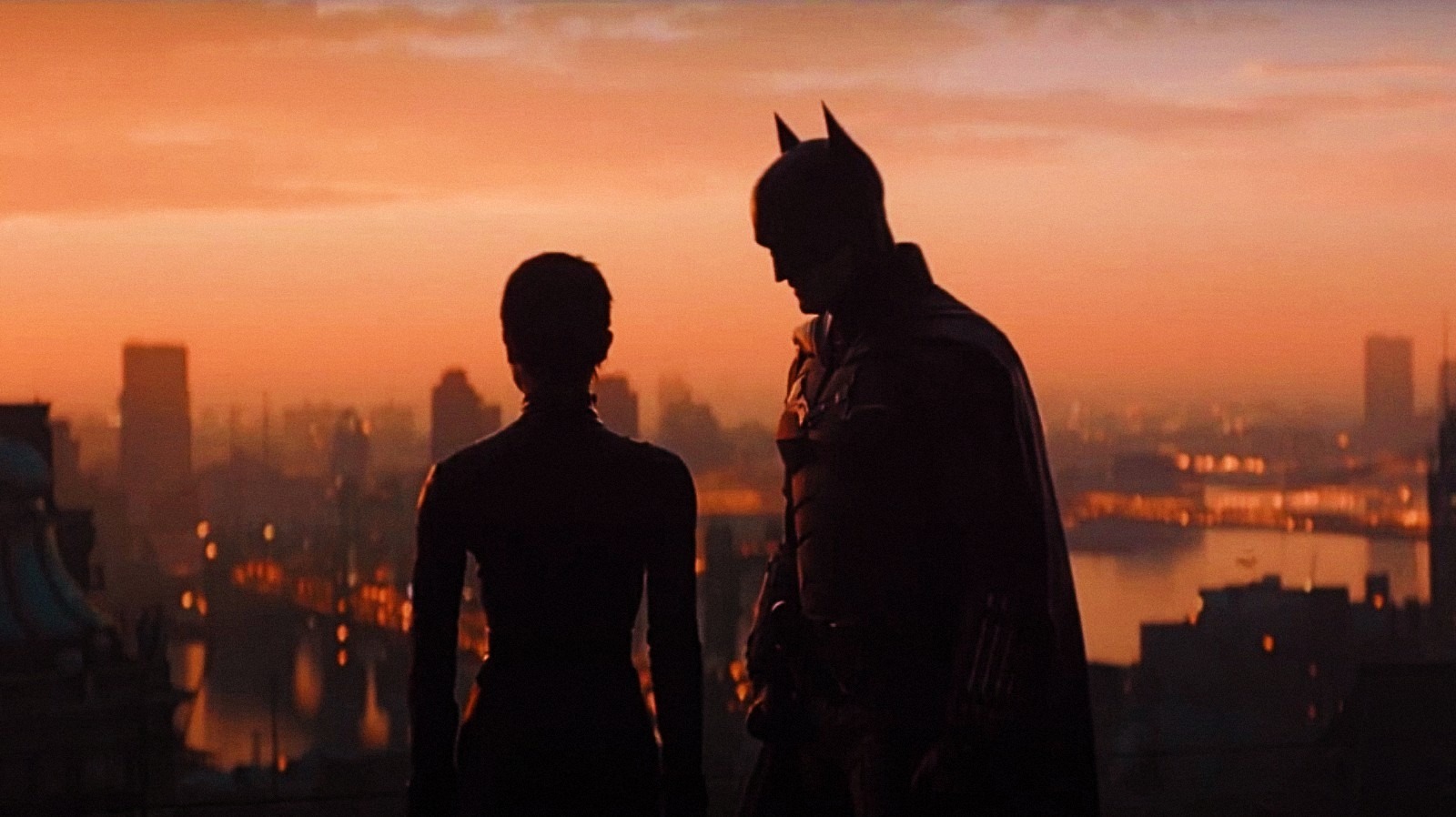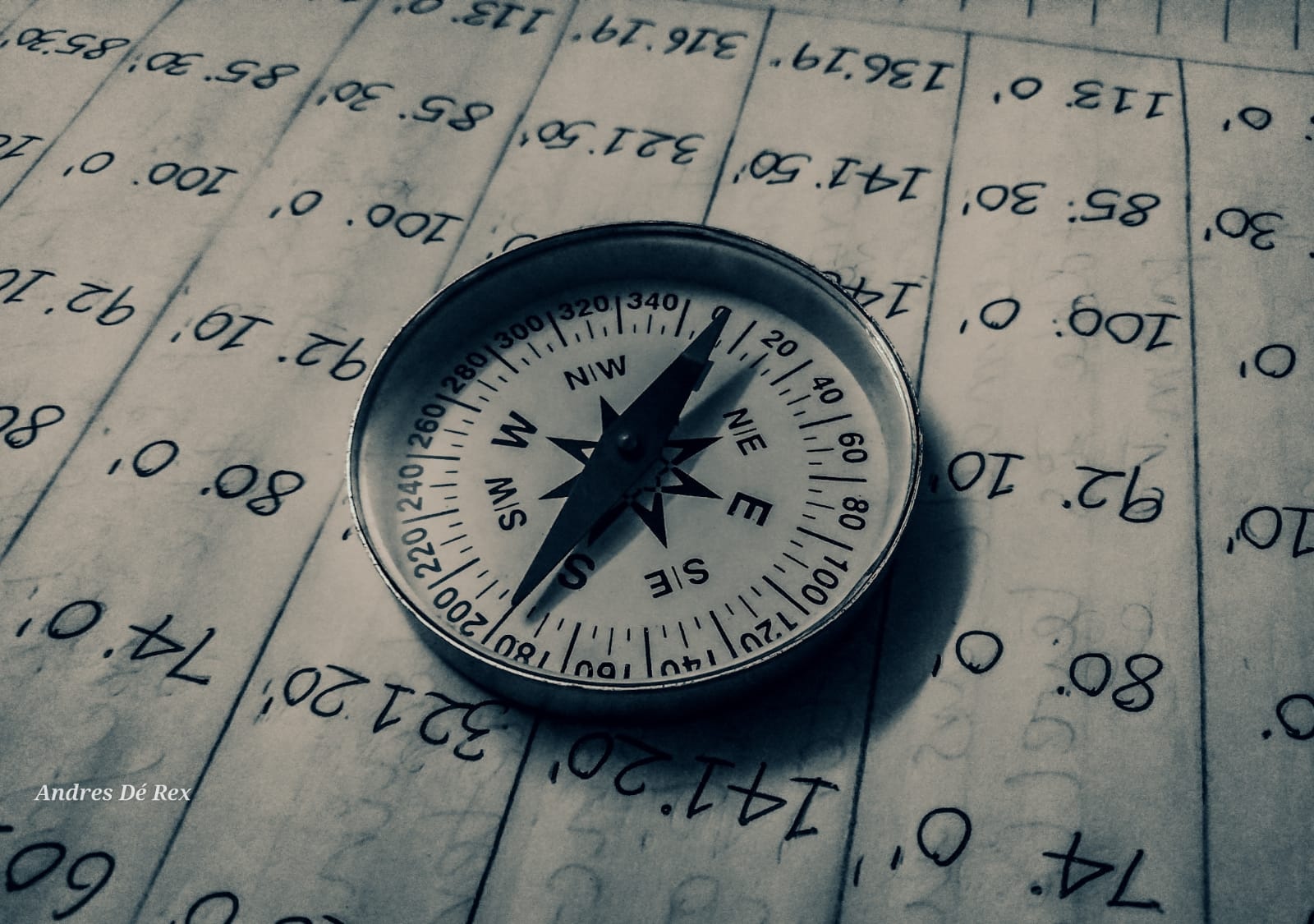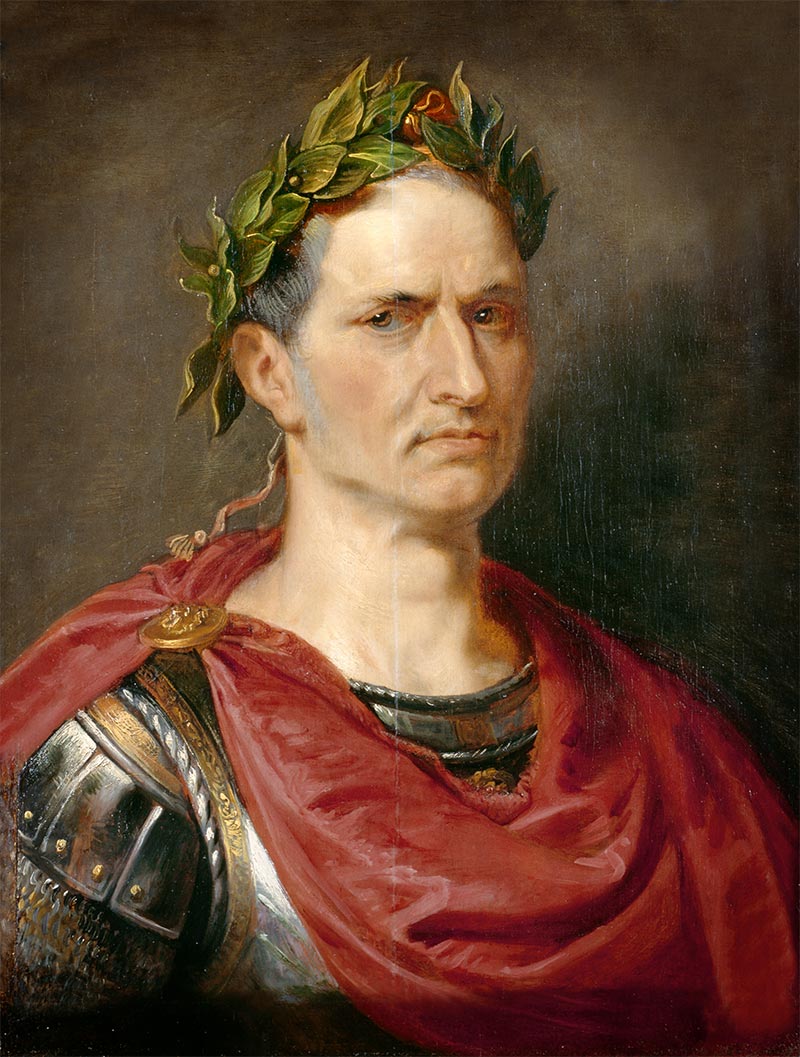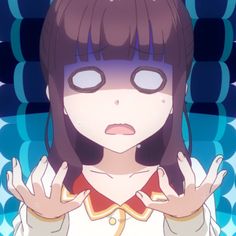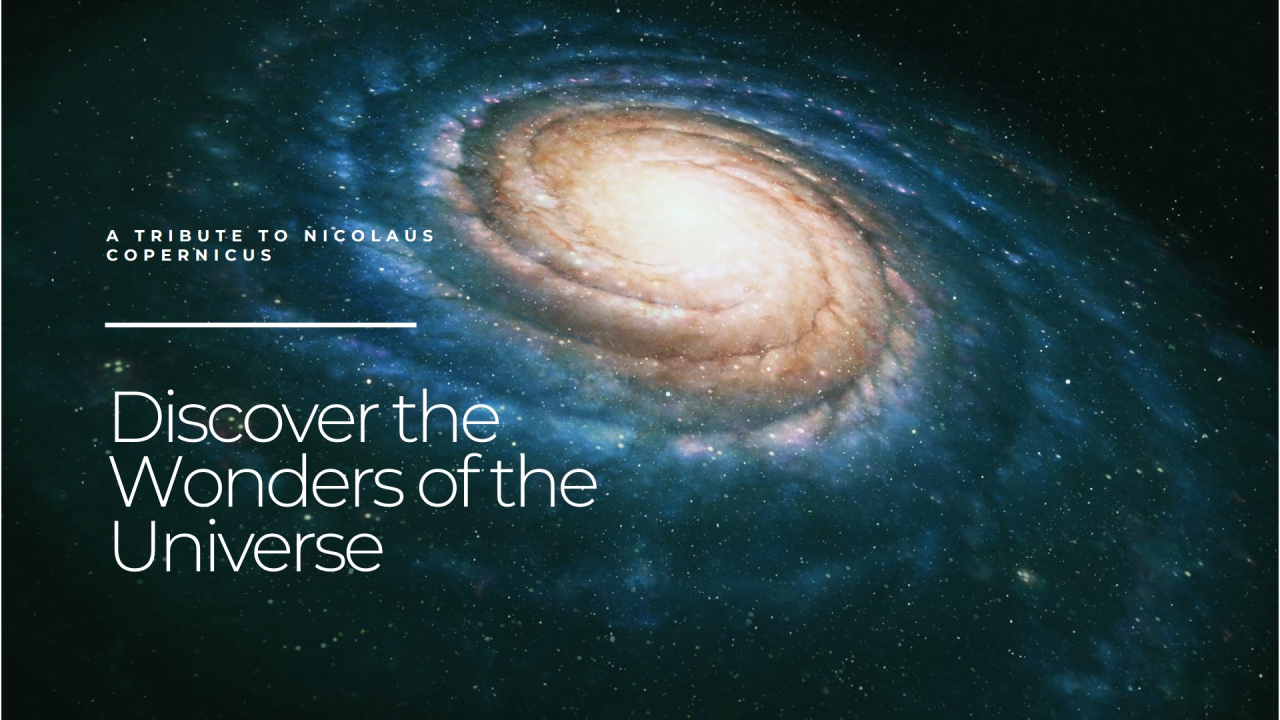Who is Batman? What can he become? That’s the ideal Matt Reeves wants to explore.
We have seen countless Batman incarnations on screen. We have seen the pearls break. We have seen Thomas Wayne fall and Bruce get scarred beyond his wildest nightmares. But what we haven’t seen before is how that kind of tragedy shapes a person. How it might not be healthy for them. The Batman is a tour de force. The sheer will needed to execute such a vision… all hail Matt Reeves. By going back to Batman’s roots, he might have carved out THE definitive version of the Caped Crusader.
What ticks our hero off? What is he willing to sacrifice? What are his principles? The moment Reeve’s vision comes to life is when Pattinson’s Batman places his hand over Kravitz’s enraged Selina Kyle as she tries to kill her father. It’s a simple shot, but it speaks ample about his Batman. He never kills. He is against the idea of it. Especially with guns. Contrast that with the climax, where masked criminal inspired by the Riddler appear at a crowded place. They open fire, which is eerily reminiscent of the shootings that happened in Colorado during The Dark Knight Rises premiere. It’s a sad world we live in when arms can be taken up against their fellow people. A lot of reviewers have critiqued the movie that it is too bleak. But they’re wrong twice. By the time you walk out of that movie, you’ll know it’s about hope. Batman realises he can’t pummel Gotham in his image. He will have to lead by example.
The second reason is that even though the film is mature, it is highly inspired by its comic book roots. The art deco design, especially of Wayne Manor, hiding its secrets underneath the sooty brown interiors. The amber tinged streetlights glaring as they engulf all of Gotham in a sickly, jaundiced glow. The claustrophobia of the thrilling opening scene, which masterfully reveals that the Riddler is only a foil to Batman. One of the most fulfilling car chases is shown in multiple close-ups, immersing the audience in the experience as much as possible. We wished they would have kept a few more action scenes, but we understood and respected the fact that Matt Reeves stayed true to his noir detective tale.
And what would this film be without its performances? Robert Pattinson spends more time in the cape then in a shirt, but that’s who his Batman is. He sees Batman as his true self. It’s only when the Riddler tells him that his mask reveals his true self, Bruce finally comes out. And what a performance by Paul Dano. We felt he was scarier unmasked, smiling like a schoolboy, screaming like a child when Batman insults him. His literal “thumb” drive riddle has to be the darkest humour I have seen in a superhero movies. With the little time he has on screen (especially with a sneaky Barry Keoghan), he shines.
So do Zoe Kravitz and Colin Farrell. They are not their comic book counterparts yet, but low-level mobsters and thieves waiting for their shot. Kravitz’s Catwoman is slender, angry and mischievous. Blows Anne Hathaway’s bland performance out of the water. She gets hurt, both emotionally and physically, and never at any point, does she acquiesces to becoming Batman’s patsy. Penguin, on the other hand, is such a compelling yet silly character in the comics. How would he ever fit in the real world? With a gold tooth and a bad New York accent. Farrell looks like he is having the time of his life even when he isn’t the focus of the camera.
Reeves does falter, especially with plot, but that’s expected. A mystery that could rock the whole city to the core. It is very hard to recreate, unless someone actually blows the city up. We were hooked on until the Batman and Gordon find Penguin running a drug operation that was meant to be dead. But after that the revelations felt flat. They are so away from the main narrative that they never fit in. The fact that Falcone is running a whole city through a charitable trust is told, never explained.
The fact that Bruce’s father, Thomas, never meant to kill, but did so by mistake is very threadbare. The movie is supposed to shake who Batman is to his foundations but it can’t even stick the landing. Mental health plays an important role in the narrative but it seems to be glossed over, especially when Martha’s revelations are used as shock value. Rather than peel the layers of the effects of sweeping secrets under the carpet, like how the Crown did in its latest season, they kind of forget about it. The film also makes the mistake of giving every supporting character sad daddy issues, so the reason why Bruce Wayne wakes up and decides to dress up as a bat gets diluted.
But the direction, the cinematography and most importantly, the score, are all Oscar tier. The pin drop silence in the theatre as the Batman walks in front of an inferno, upside down, and Michael Giacchino, the composer, lets it rip. Cinema. It may not have a post credits scene but don’t worry.
The Batman will be back. Trouble is always brewing in Gotham.

